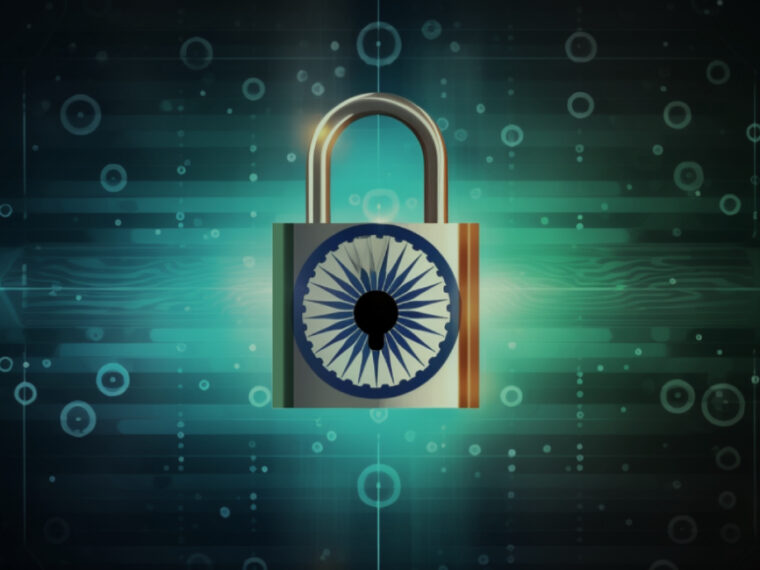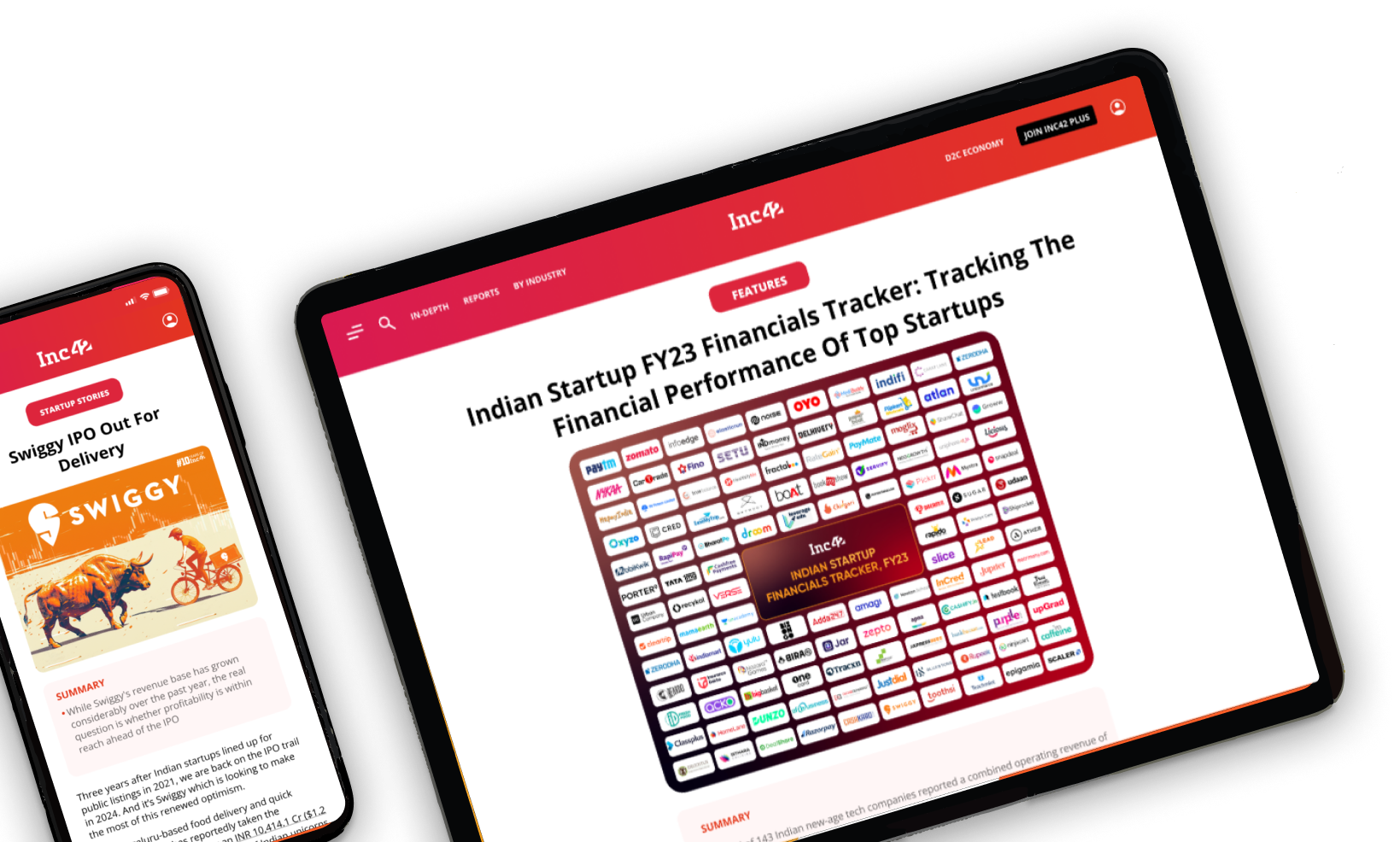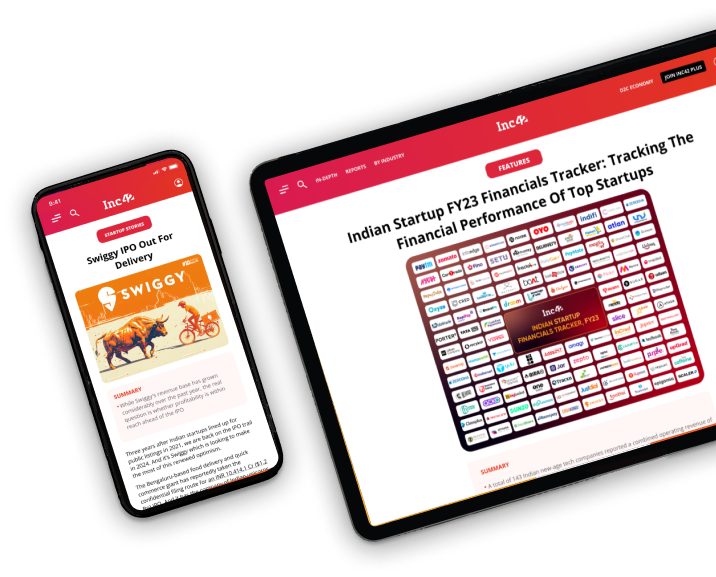
The Digital Personal Data Protection Act (DPDPA), was passed into a law on August 11, 2023, and its enforcement is scheduled to commence on January 1, 2024
This includes a transition period that gives businesses the opportunity to bring their data processing procedures into compliance with the law
Here's how they can leverage this period effectively
In a digital era where information is a brand-new currency, governments are taking considerable measures to guard the privacy and security of individuals’ personal data.
The Digital Personal Data Protection Act of 2023 (DPDPA) is one such progressive legislation that seeks to protect the digital private data of India’s citizens.
Understanding The DPDPA Transition Period
The DPDPA, which was passed into law on August 11, 2023, and is scheduled to commence on January 1, 2024, includes a transition period that allows businesses the opportunity to align their data processing procedures with the new regulations.
This isn’t just a grace phase but a strategic window for businesses to bolster compliance and foster deeper trust with their clientele. It offers a unique opportunity for large tech corporations, fintech companies, and ecommerce platforms to strategically align their operations with the new data privacy law.
Strategic Implementation Of Data Privacy
For big tech companies, fintech firms, and ecommerce platforms, strategic implementation during the transition period is crucial. Here’s how they can leverage this period effectively:
Review And Revise Data Processing Practices
The first step is to conduct a thorough review of data processing activities. Identify what data is collected, stored, shared, and transferred. This assessment should cover both personal and sensitive data.
Once identified, ensure that data processing aligns with the principles outlined in the DPDPA, such as consent, purpose limitation, data minimisation, and accuracy. Automated compliance check platforms can simplify this assessment, ensuring alignment with DPDPA’s foundational tenets.
Obtain Valid Consent
Consent is at the heart of the DPDPA. During the transition period, organizations should focus on obtaining proper consent from individuals before processing their personal data, ideally leveraging advanced digital verification systems to build trust and transparency. Transparency is key – inform users about the purpose and manner of data processing to build trust.
Enhance Data Security Measures
Data breaches can have severe consequences under the DPDPA. Use this juncture to amplify data security, integrating AI-driven fraud detection systems and setting up agile protocols for timely notifications in case of breaches. – for notifying both the Data Protection Board of India (DPBI) and affected individuals in case of breaches.
Respect Individual Rights
The DPDPA grants individuals various rights, including access to their data, correction, erasure, and the right to raise grievances. Organizations should prepare consent management mechanisms to facilitate these rights during the transition period. Building user-friendly interfaces for data access and correction requests can improve the customer experience.
Appoint Data Protection Officers
Significant data fiduciaries handling substantial or sensitive data are required to appoint Data Protection Officers (DPOs). Use the transition period to identify suitable candidates and ensure they are well-versed in data privacy regulations. DPOs play a crucial role in compliance.
Conduct Privacy Impact Assessments
High-risk data processing activities should undergo privacy impact assessments (PIAs). These assessments focus on identifying privacy and rights risks. The transition period is an ideal time to conduct these assessments and make necessary adjustments to mitigate risks.
Prepare For Data Audits
Be ready for data audits by DPBI-approved independent auditors. Your current systems might be ready for the new era already – use the new features.The reports submitted to the regulatory body should reflect compliance with the DPDPA. Also use this period to align your internal processes with audit requirements.
Age-Gating To Protect Minors
The DPDPA contains rules that are extremely important with regard to the protection of the personal information of minors.
Before collecting or using the personal information of a child who is younger than 18 years old, the Act requires that platforms first get the verifiable agreement of the child’s parent or legal guardian.
Digital age-gating mechanisms can be instrumental, ensuring compliance by calibrating access based on age verification.
Government’s Role In Setting Specific Rules
While the DPDPA does provide an all-encompassing framework, some particular regulations and principles are still in the process of being developed. The federal government is working on getting these regulations published within the next several months.
It is essential for companies to keep a careful eye on these developments and alter their strategy in accordance with the new information. Participating in government consultations and the activities of industry organisations can provide extremely useful insights into the ever-changing regulatory landscape.
The Timelines For Compliance
A strategic, graded approach to compliance timelines under the DPDPA 2023 was unveiled. This approach prioritized big tech companies initially, followed by start-ups and less digitized entities like MSMEs.
Crucially, these timelines will be collaboratively determined through industry consultations, ensuring they align with business continuity needs. This pragmatic strategy not only upholds data protection standards but also fosters an environment where diverse businesses can adapt to the DPDPA without undue disruption, reflecting a balanced approach to data privacy implementation.
In conclusion, the DPDPA 2023 transition period is not merely a compliance hurdle; it’s a strategic opportunity for big tech companies, fintech firms, and ecommerce platforms to strengthen their data protection practices, enhance customer trust, and gain a competitive edge.
By proactively aligning their operations with the DPDPA’s principles, leveraging software platforms, and preparing for the specific rules to come, organizations can emerge as leaders in responsible data management and privacy in the digital era.






























 Ad-lite browsing experience
Ad-lite browsing experience